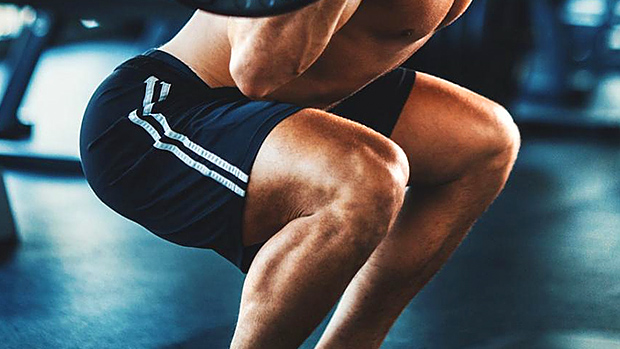Coaches use a lot of verbal cues to help people fix their squat form. A "cue" is something like "chest up!" or "spread the floor!" etc. Cues and demonstrations usually do the trick, but there are other options that work better for some people: tactile (touch) cues and something called "movement blocking."
These work especially well for new lifters who lack adequate spatial awareness and coordination levels to do a movement correctly. And blocking techniques can hone in on hard-to-reach parts of the anatomy. Here are a couple of examples of movement blocking for perfecting your squat technique.
The Wall Squat
- Bring your feet a few inches from the wall with your toes pointing straight.
- Place yours arms in at your sides and keep your eyes forward.
- Squat with a slow tempo and watch your hips hinge and entire spine naturally align into proper position as you do so.
The wall squat works beautifully. It almost instantaneously corrects nearly every joint position from head to toe. The only way you can do it wrong is by looking up and hyper-extending at the cervical spine, falling backwards, or crashing face first into the wall. (Try to avoid that.)
The neck issue is a quick fix. Just keep your neck neutral and eyes directly forward.
Correcting the falling issue requires both a proper hip hinge function and strength production from the weak dorsiflexors at the foot.
The Knee Block Squat
Popularized by Mark Rippetoe, this one works in a manner that's very similar to the wall squat. Just keep your toes right in front of PVC pipes, half foam rollers, or anything like that. Don't let your knees touch the object as you squat.
One Thing to Consider
These drills won't guarantee direct carryover to training settings involving moderate to high intensity workloads. Strength is specific to direction, load, exercise variation etc., so train as such.
Simply view these drills as foundational movement techniques to help make learning the squat easier with strictly internal resistance. Afterwards, add introductory squat exercises such as the front squat, low-load back squat, and goblet squat variations to add in external resistance appropriately.




